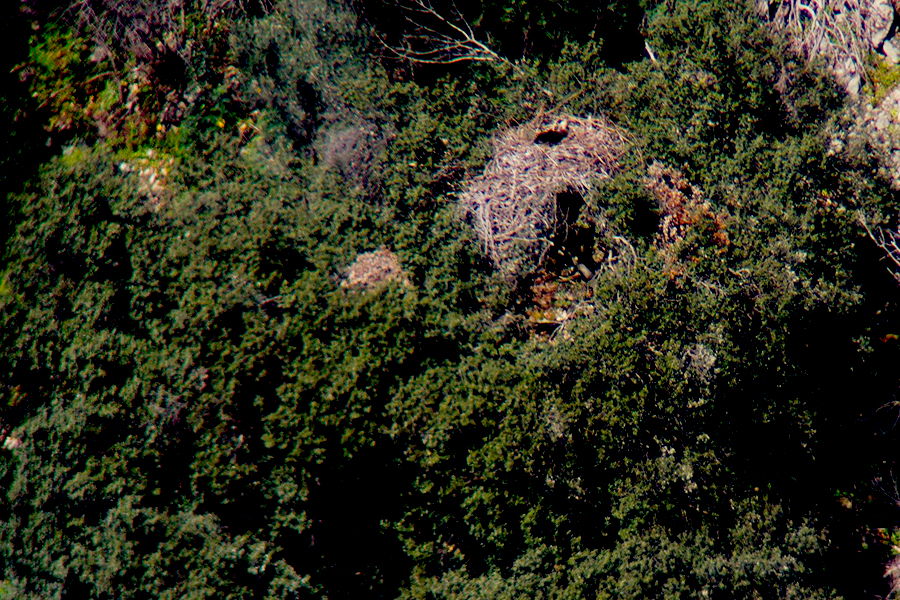
The reintroduction of Cinereous Vultures to Bulgaria which began last July is a historic moment for vulture conservation in the country and ahead of the release of more captive-bred young birds later in the summer what have the country’s reintroduced birds been up to in the last couple of months?
Riga and Boyan

Following the tragic death of Ostrava earlier this year caused by poisoning, Riga and Boyan are the two surviving birds released last summer and they have been exploring the Balkans and beyond. We last caught up with Riga back in April when they left their wintering ground in southern Greece and headed back north and it was thought would be back in the Kotel Mountains. Instead Riga traveled through the Eastern Rhodopes and the Dadia-Lefkimi-Soufli Forest National Park and headed west on the way back to Pindos Mountains. It was widely assumed Riga would spend the summer either back at the release site or among the colony of Cinereous Vultures in the Dadia-Lefkimi-Soufli Forest National Park, but it seems they are still have yet to settle down and we’ll keep an eye on where they travel to next.
Boyan, unlike Riga and Ostrava traveled a little further, leaving the Balkan Peninsula and on their winter travels headed east and made it to Turkey in December and continued their travels and spent the winter on the border between Iran and Iraq. At the beginning of April Boyan began their spring travels and headed northwest making it back to Turkey traveling over 1,800km and tried several times to make a sea crossing to get back to Bulgaria. However, Boyan seems to have settled in Eskishehir in Turkey, home to the country’s largest population of Cinereous Vultures.
Spanish birds exploring their new Balkan home
As well as releasing captive-bred birds, the Vultures Back to LIFE project is also releasing adult birds that have been transferred from rescue and rehabilitation centres in Spain. The first release of four birds was back in March and since their release two, Zlosten and Balkan, are still in the areas of their release, Juan and Kutelka, the two female birds, needed an intervention when they got into trouble.
After their release Juan and Kutelka both headed north after just a brief stop at a supplementary feeding station, Juan was the first to settle, choosing a place in Romania probably as a result of exhaustion. Kutelka continued her travels and ended up in Ukraine, but didn’t stay there too long and headed back to Romania. Concerned about the birds the team contacted the Milvus Group Bird and Nature Protection Association to check and recover them.
The birds have spent some time recovering and have now been transported back to Bulgaria and back in an aviary waiting to be released along with the next release of Spanish birds.
The successful release of the first batch of Spanish birds in March was followed by a second release in the Kotel Mountains at the end of April, four more birds, Extremadura, VCF Know-How, Kamchiya and Marin. Since their release they are all still in the area spotted at the feeding stations.

Fitting the Cinereous Vultures with GPS transmitters ahead of their release into the wild (c) Green Balkans
With the growing population of birds in the country, the team have encountered quite an unexpected problem. The birds are pretty curious in their new surrounding and have taken an interest in the camera traps and quickly dismantle them, so we have yet to capture a good image of them at a feeding station before they crash the camera.
Vultures Back to LIFE

Led by the wildlife conservation charity Green Balkans, with activities also implemented by the Fund for Wild Flora and Fauna, and bringing together partners from Bulgaria, Spain and Germany, Vultures Back to LIFE aims to reintroduce the cinereous or Eurasian black vulture to Bulgaria. The team will transfer and release around 60 birds, some from captive-breeding, but mostly coming from wildlife rehabilitation centers in Extremadura (Spain) into the wild in Bulgaria as well as creating supplementary feeding stations and improving populations of wild herbivores, improving the nesting conditions and creating artificial nest sites and tackling some of the major threats to vultures in the country such as insulating electricity pylons and illegal use of poison in the nature.





